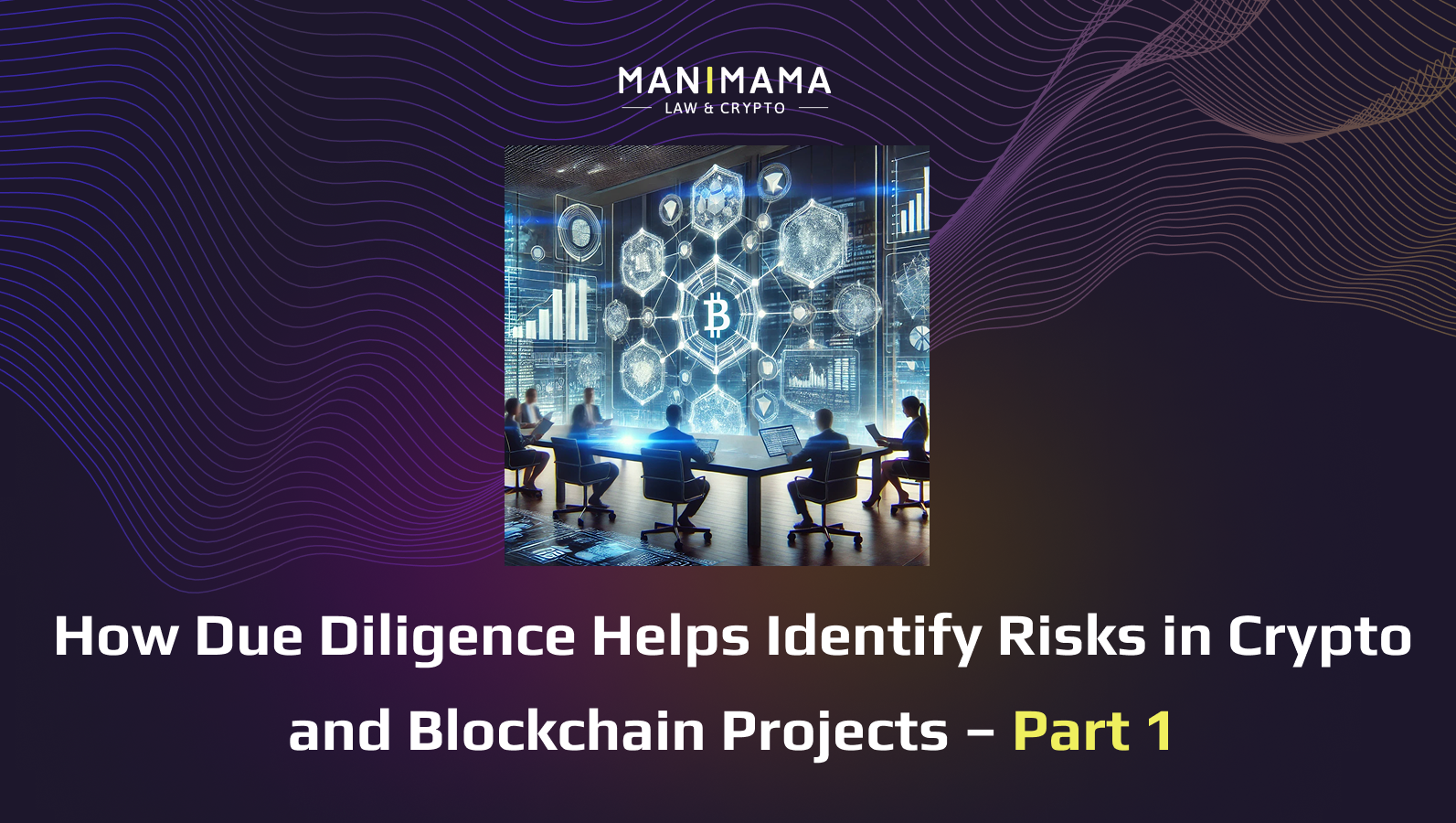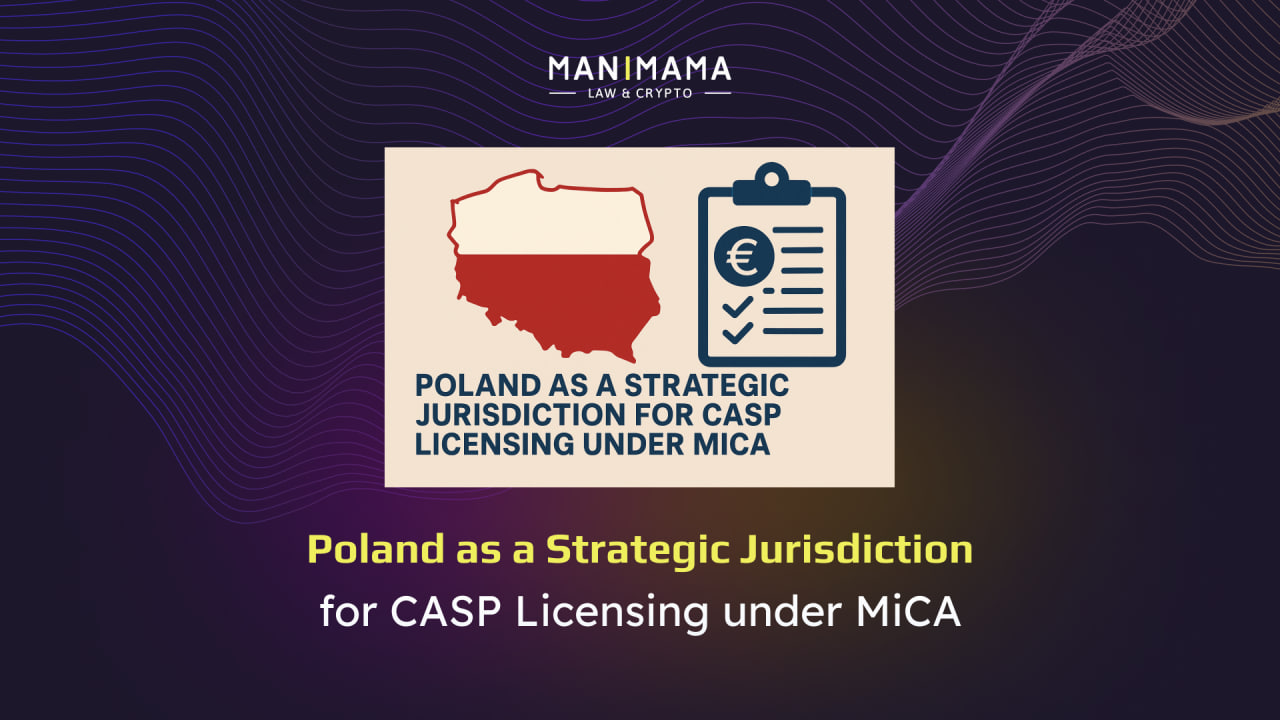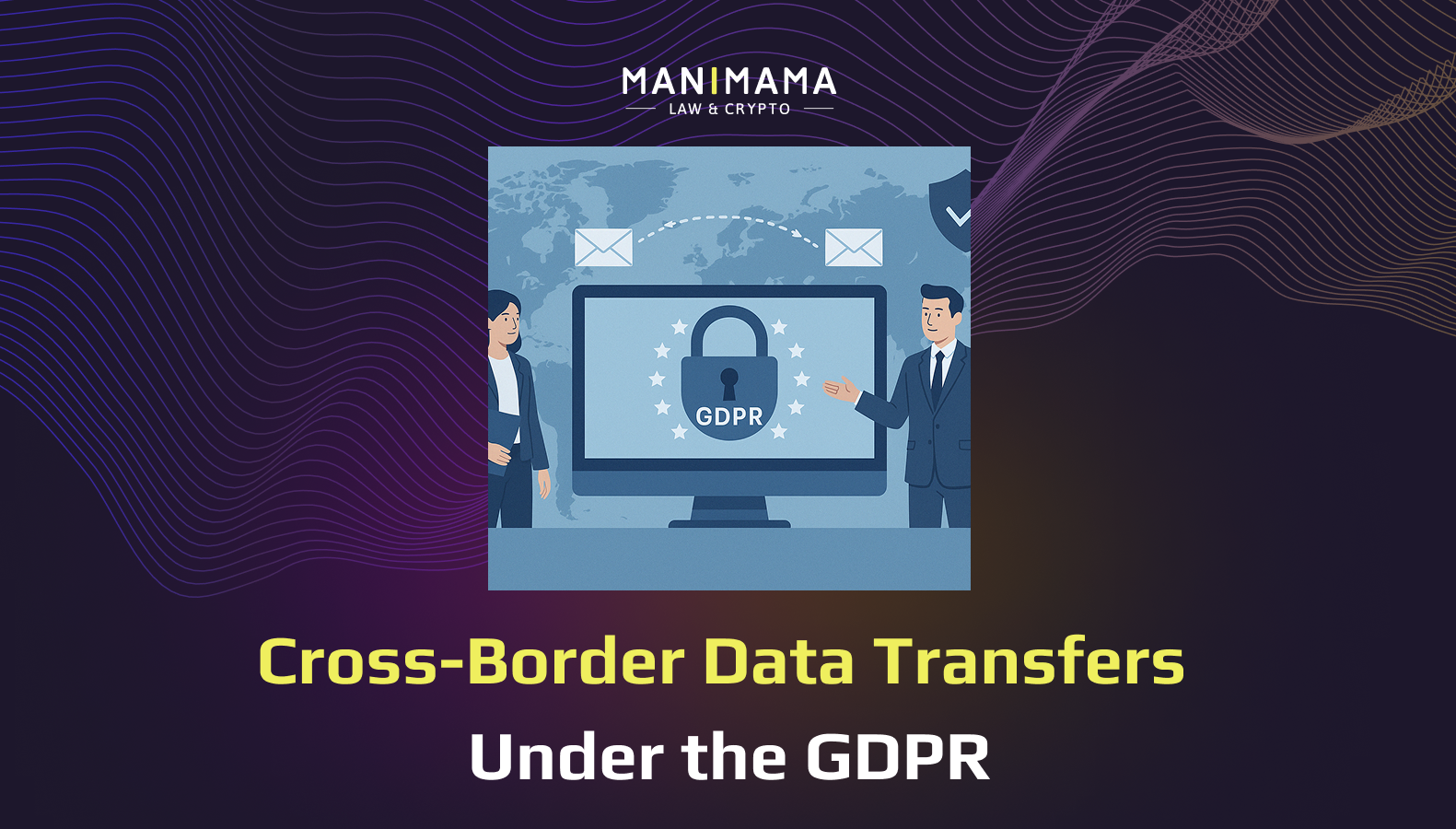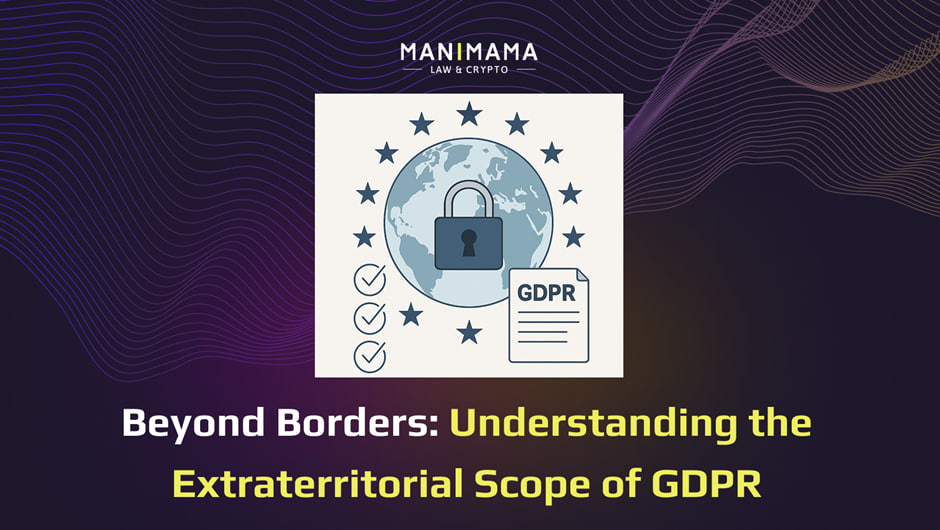Investments, partnerships, and market expansion always involve risks. In the crypto and blockchain space, these risks are even more complex, ranging from legal uncertainties and financial instability to technical failures that may emerge right after launch.
To avoid unexpected pitfalls, businesses need a clear understanding of who they are dealing with and under what conditions. Due Diligence helps determine whether a company or project is truly stable, compliant, and transparent—or well-presented on paper.
In this article, we will explore the key aspects that should be examined to identify potential risks and minimize unforeseen issues.
Analysis of the Legal Structure of a Project
The legal framework of a crypto or blockchain project often determines its stability and long-term viability. A legal analysis helps identify corporate risks, regulatory gaps, and potential legal issues that could impact the company’s operations.
In practice, this involves thoroughly reviewing the project’s founding documents, contracts, and licenses. The primary objective is to determine the legal status of the issued tokens and ensure compliance with KYC/AML regulations. Additionally, the project’s jurisdiction is assessed—does it provide adequate protection for investors and founders? Does the company hold all necessary licenses for cryptocurrency-related activities? Is the legal classification of the tokens aligned with the applicable regulations?
A more serious audit also includes an evaluation of existing agreements with partners, contractors, and advisors. This helps verify the transparency of financial flows, compliance with legal requirements, and potential risks in business relationships.
White Paper Analysis
A white paper is a technical document to evaluate a crypto asset and its underlying project. It provides insights into how the project is structured, how the crypto asset functions, and its growth potential, allowing investors and partners to assess its real value.
Under the MiCA regulation, having a white paper is a mandatory requirement. This document must contain clear information about:
- The offeror or the entity seeking access to trading;
- The issuer (if different from the offeror);
- The operator of the trading platform, if they are responsible for drafting the white paper;
- The project, its crypto asset, and the underlying technology;
- Details of the public offering and trading admission conditions;
- The rights and obligations associated with the crypto asset;
- Potential risks;
- The environmental impact related to the consensus mechanism used for issuing the crypto asset.
Our legal team conducts a comprehensive review of white papers, focusing on three key aspects:
- Transparency and detail – Is the information accurate, sufficient, and presented? We examine not only project-related facts, team structure, and governance but also technical specifications, liquidity, and asset stability.
- Completeness – Does the document contain all necessary details as required by regulatory standards? Missing critical information may indicate potential risks.
- Problematic areas – Are there inconsistencies, ambiguities, or risk indicators that could become issues later in the project’s development?
Conducting a white paper analysis before investing or entering into a partnership allows businesses to assess a project’s viability and regulatory compliance. This due diligence step helps mitigate serious financial and reputational risks.
Compliance Analysis
Compliance is a key indicator of how well a project is protected from legal risks and potential sanctions.
A compliance analysis involves verifying adherence to the following regulatory requirements:
- Formation of reserve capital by regulatory standards (e.g., MiCA);
- Risk assessment and contingency planning to mitigate market fluctuations and other destabilizing factors;
- Jurisdictional review to assess the legal environment in which the project operates and the associated regulatory risks;
- Adherence to AML/CFT regulations (anti-money laundering and counter-terrorism financing measures);
- Proper implementation of KYC procedures (customer identification and verification).
Ensuring compliance with regulatory requirements minimizes the risk of legal sanctions and enhances business stability and predictability. Projects that overlook these aspects risk losing the trust of investors and partners, which could be detrimental to their long-term success.
Conclusion
Analyzing the legal structure, white paper, and compliance are the initial steps in assessing a project’s stability and alignment with legal and market standards. These Due Diligence processes help identify weaknesses before investment decisions are made, which is particularly crucial in the high-risk world of cryptocurrencies and blockchain technologies.
However, the evaluation doesn’t stop there. Beyond legal and financial aspects, it is equally important to assess the project’s technological foundation, tokenomics, and leadership team. Is the blockchain infrastructure secure enough? Is the token distribution model well-balanced? Does the team have the experience and reputation to effectively manage the project?
In the second part of this article, we will explore these aspects in greater detail and examine additional factors that should be considered before making a final decision on investment or collaboration.
Our contacts
If you want to become our client or partner, feel free to contact us at support@manimama.eu.
Or use our telegram @manimama_sales and we will respond to your inquiry.
We also invite you to visit our website: https://manimama.eu/.
Join our Telegram to receive news in a convenient way: Manimama Legal Channel.
Manimama Law Firm provides a gateway for the companies operating as the virtual asset wallet and exchange providers allowing to enter to the markets legally. We are ready to offer an appropriate support in obtaining a license with lower founding and operating costs. We offer KYC/AML launch, support in risk assessment, legal services, legal opinions, advice on general data protection provisions, contracts and all necessary legal and business tools to start business of virtual asset service provider.
The content of this article is intended to provide a general guide to the subject matter, not to be considered as a legal consultation.











